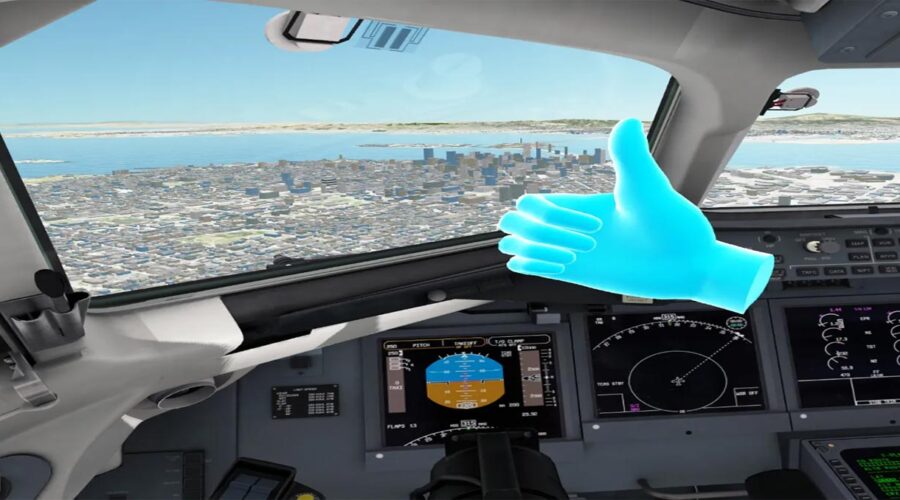Benefits of Virtual Reality Simulations for Aviation Training
Virtual reality (VR) has the potential to revolutionize aviation training. With the help of VR simulations, pilots and other aviation personnel can receive realistic, interactive training experiences that prepare them for real-world scenarios. Virtual reality simulations offer numerous benefits for aviation training, including enhanced safety, cost-effectiveness, realistic scenarios, improved retention, and versatility. As VR technology continues to evolve, we can expect to see more widespread adoption of this innovative training approach across the aviation industry.


